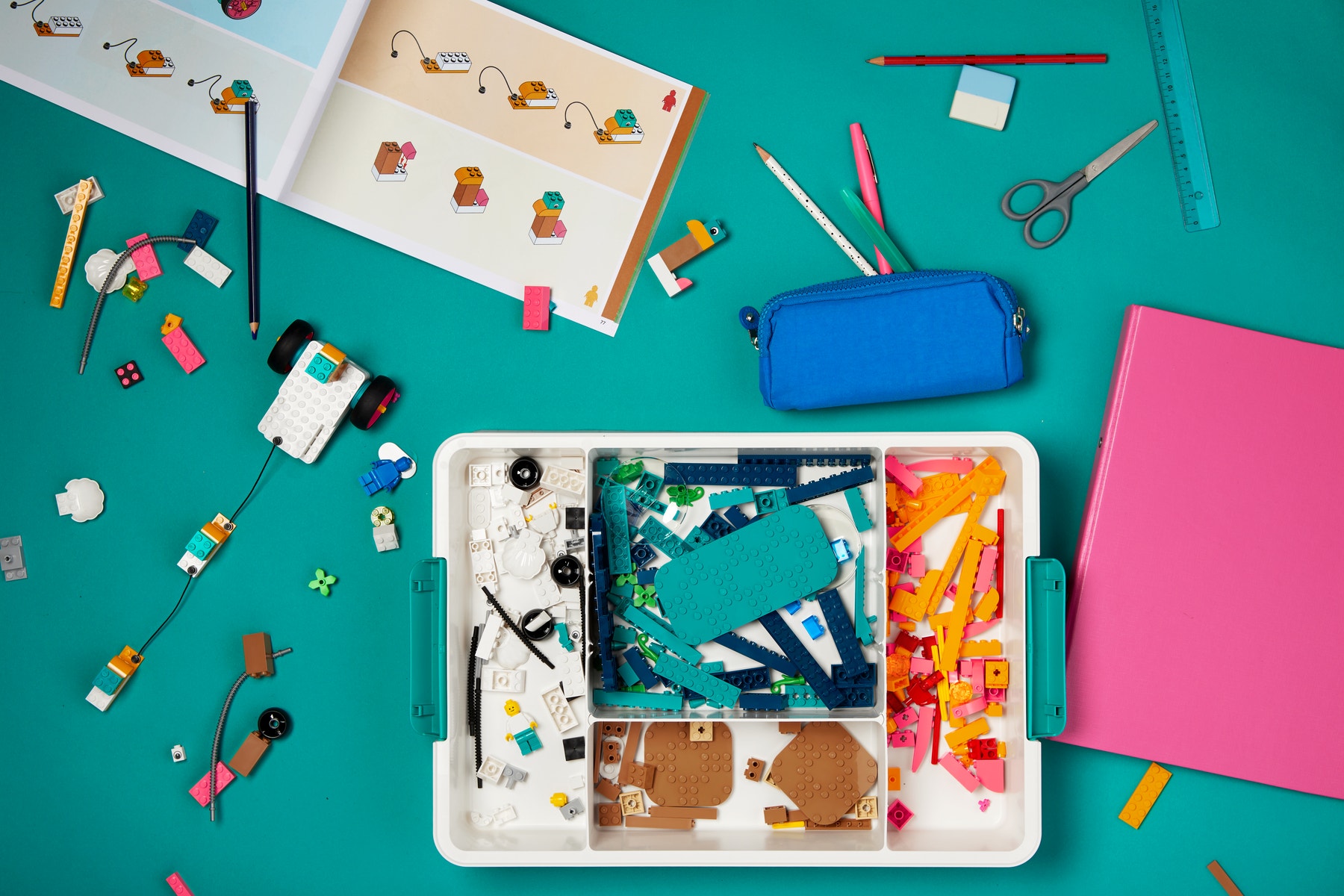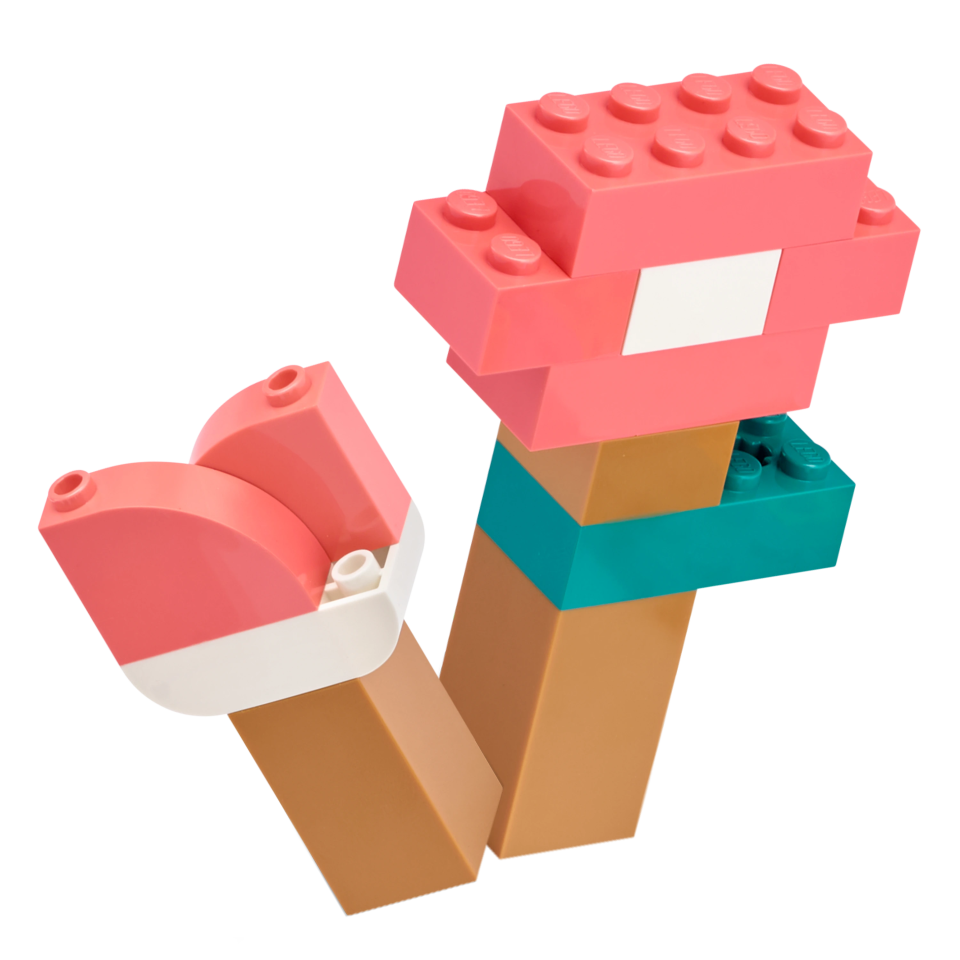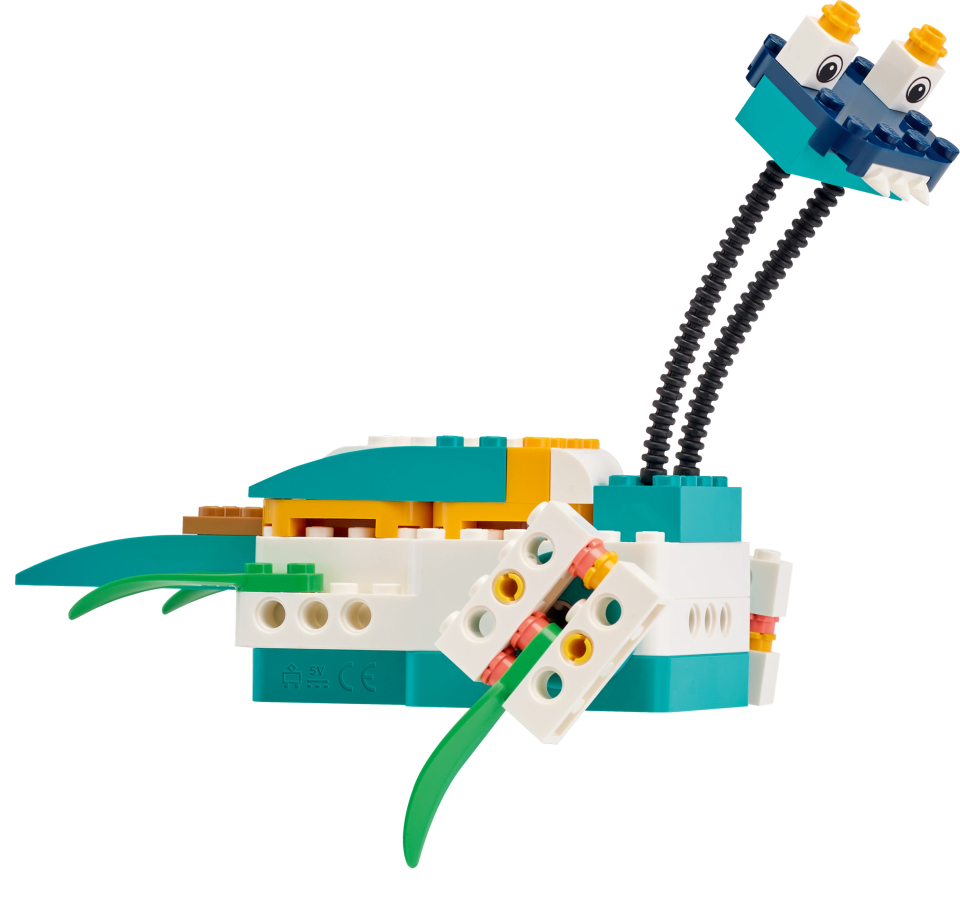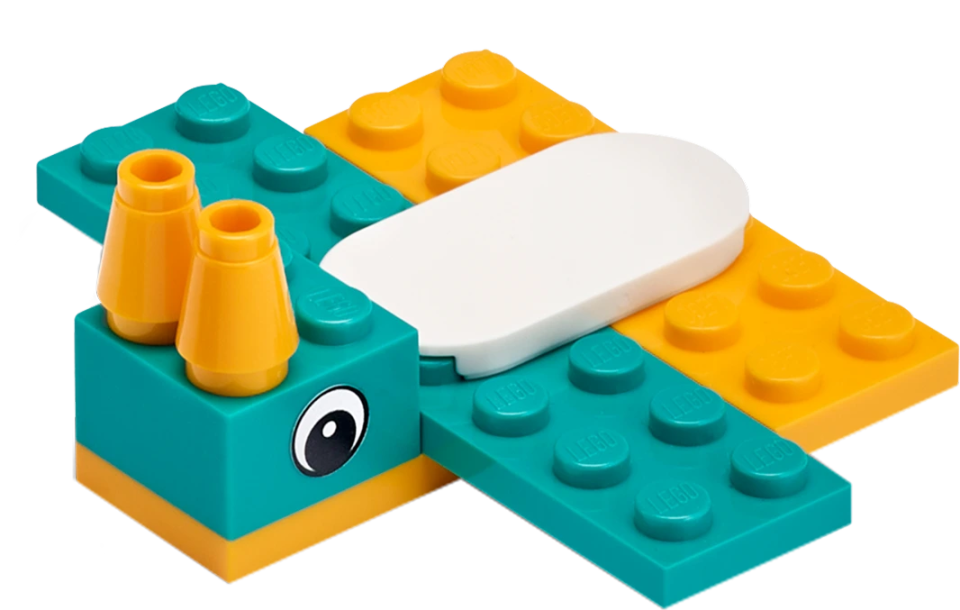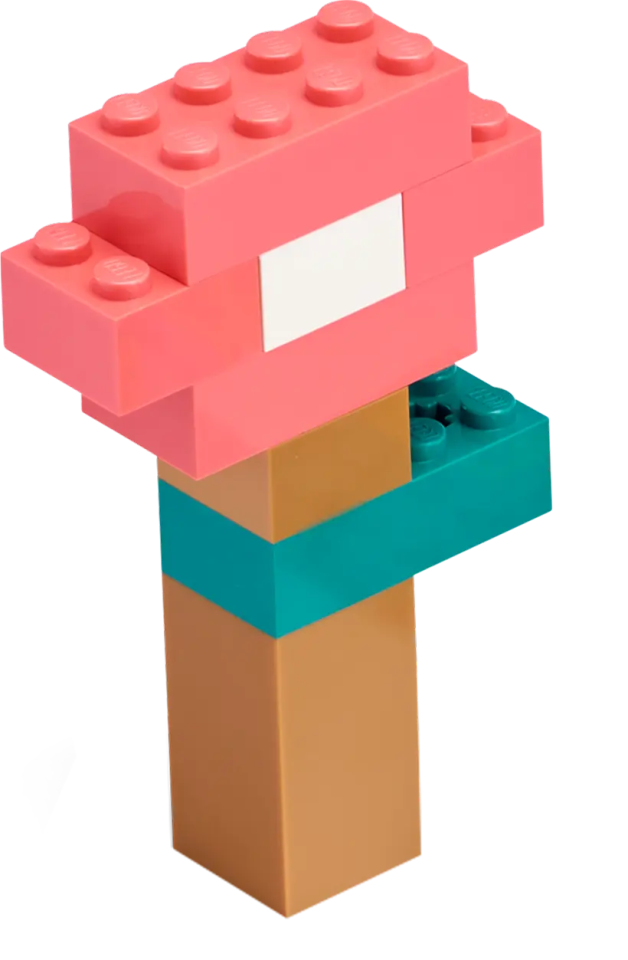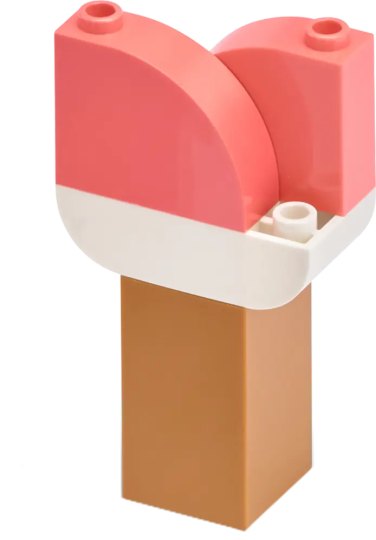Rethinking the 5E Model for Science Learning
Most science teachers are aware of the principles of the 5E model but applying it in practice might feel challenging. It’s common to wonder if it’s being used “the right way” or to question certain steps—if that sounds familiar, you’re not alone.
In this blog, we’ll look at each of the 5Es and explore how small shifts in understanding or application can unlock their full potential in the science classroom.
Reframing the 5Es Step by Step
The 5E model is a dynamic learning cycle that promotes deep understanding through active learning and reflection. Based on the early work of Atkin and Karplus1, the framework was later expanded by the Biological Sciences Curriculum Study (BSCS)2 into five distinct phases.
Here, we’ll begin by exploring each phase step by step—first defining it, then offering ways teachers can strengthen it, and finally showing how it plays out in a science classroom.
Engage
- Definition: In the first phase of the learning cycle, teachers engage the class and spark their curiosity while assessing their prior knowledge and identifying gaps in their understanding. Short activities such as questioning or a demonstration connect past and present learning experiences, preparing students for what they will learn next3.
- Reframe: Educators don’t need a flashy activity to engage students successfully. This phase needs to be effective, not just exciting. The aim is cognitive engagement so learners can answer “What do I already know?” and “What am I going to learn?”
- Classroom example: Use an anchoring question and observable phenomena to set a clear purpose and create a shared experience. A question like, “How can we observe, predict, and explain why the sun, moon, and stars look different at various times?” or a video of the sun over time invites curiosity. Asking students to draw what they see sparks their creativity and demonstrates their understanding or highlights misconceptions. A KWL chart is also helpful for older learners.
Explore
- Definition: During the exploration phase, students actively investigate concrete problems through hands-on activities. Teachers act as facilitators, allowing learners to explore questions, make observations, and conduct investigations3.
- Reframe: For this phase to shine, the activity must allow students to pair experiences and media types with various tasks. So, instead of just reading or watching a video, use both. Combine multiple resources with hands-on activities or student-led research to bring the concept to life for all abilities.
- Classroom example: Use varied content to build conceptual understanding and scientific skills—and include students in the activity selection process so they contribute to their learning journey. In the Earth-Sun-Moon example, students might watch a short video and then chart celestial positions or sketch them relative to a structure. Demonstrating with a model is great instructional practice, but asking students to build the model encourages hands-on learning and meaningful discussions.
Explain
- Definition: Students are asked to explain what they learned in the explore phase to demonstrate their understanding. The teacher then clearly and directly introduces scientific or technical information to help students connect hands-on experiences to existing knowledge3.
- Reframe: It’s easy to think of the Explain phase as an exit ticket tied to a model or result. But the truth is, it’s about students explaining how a result connects to a learning objective to demonstrate understanding or highlight what they still need to learn. This is a crucial cognitive step for learners, revealing whether a concept has clicked—or if a course correction is necessary.
- Classroom example: Ask students to demonstrate what they learned—through speaking, drawing, or writing. Explain—and Explore—activities offer opportunities for informal evaluation so educators can assess whether students grasp the content, such as data collection or patterns in the sky in the Earth-Moon-Sun example.
Elaborate
- Definition: In the elaborate phase, students apply their working explanations and knowledge to new problems in related situations. This deepens their understanding, strengthens their skills, and reinforces key concepts3.
- Reframe: It’s easy to view this phase as an optional add-on, but it is an essential part of the teaching process. Transferring understanding to a new context helps solidify learning, as it challenges students to think of new examples based on their knowledge—making their learning truly stick.
- Classroom example: Continuing with the Earth-Sun-Moon example, an Elaborate activity might involve students tracing or drawing their shadows at different times of the day and comparing how they change in shape and length. This helps learners apply their knowledge to a new context and deepen understanding.
Evaluate
- Definition: In this phase, teachers observe their students and evaluate their understanding of core concepts. Students also self-reflect on their subject knowledge, abilities, and learning journey3.
- Reframe: Evaluation actually starts in the Explain phase—not at the end—so teachers can check understanding early and adjust if needed. It continues throughout, but this phase gives students more chances to reflect, assess their learning, and build metacognitive skills.
- Classroom example: Effective evaluation is not isolated. It connects, Explore, Explain, and Elaborate. So, the activity here matters—but how it’s used, relates to the previous phases, and supports learning goals matters more. For example, tracking shadows and using the evidence to argue for Earth’s movement is a strong summative assessment for older students, as they must have a solid understanding of the previous phases to complete the task. But it can also reveal misunderstandings if students struggle to link shadow changes to Earth’s rotation.
What Makes 5E Effective for Science Instruction?
The 5E Instructional Model works because it aligns with how students naturally learn—through inquiry and hands-on experiences. It helps educators guide students toward mastery while encouraging them to think critically inside and outside the classroom.
Let’s look at some of the reasons why the 5E model deserves an A-grade:
- Supports Inquiry-Based Learning: Active, hands-on exploration is at the heart of the 5E model, which is great news because science is built on the principles of questioning, testing, and investigation.
- Promotes subject mastery: Instead of simply presenting facts, the 5E model asks students to construct their own understanding. This builds knowledge, connects ideas, and improves long-term retention.
- Aligns with how the brain works: Cognitive science shows that learning is most effective when new information is connected to prior knowledge, which is precisely what the 5E model is designed to do.
- Promotes active and collaborative learning: Science thrives on collaboration, and the 5E model encourages teamwork, discussion, and communication when problem-solving at every phase.
- Real-world relevance: The 5E model teaches essential career-ready skills. It also asks students to apply their learning to real-world situations, helping them connect their lessons to everyday life and opening their eyes to science beyond school.
Now It's Your Turn
The 5E model is a powerful way to engage students, but it doesn’t need to be all or nothing. Each phase needs time to be effective, so implementing the model over weeks or days rather than squeezing it into one lesson is optimal. And remember, unlike other approaches, the 5E model isn’t linear—it’s most successful when taught fluidly. So, if students don’t grasp a concept, educators can feel confident returning to an earlier stage.
The key is to start small with one or two phases and grow from there. It might take time to become second nature, but once it does, the increased curiosity and frequent ‘a-ha’ moments will make every moment of the journey worthwhile.
Atkin, J. M., & Karplus, R. (1962). Discovery or invention?. The science teacher, 29(5), 45-51.
Melgarejo TFV, Atanacio LMM, Leandro AIC, Faustino LKB, Rivarola MMC, López JRA and Chavez JTG (2024) The 5E instructional model in the meaningful learning of science and technology. Front. Educ. 9:1435530. doi: 10.3389/feduc.2024.1435530
Framework for science education. BSCS. Retrieved from https://bscs.org/wp-content/uploads/2022/01/bscs_5e_full_report-1.pdf
